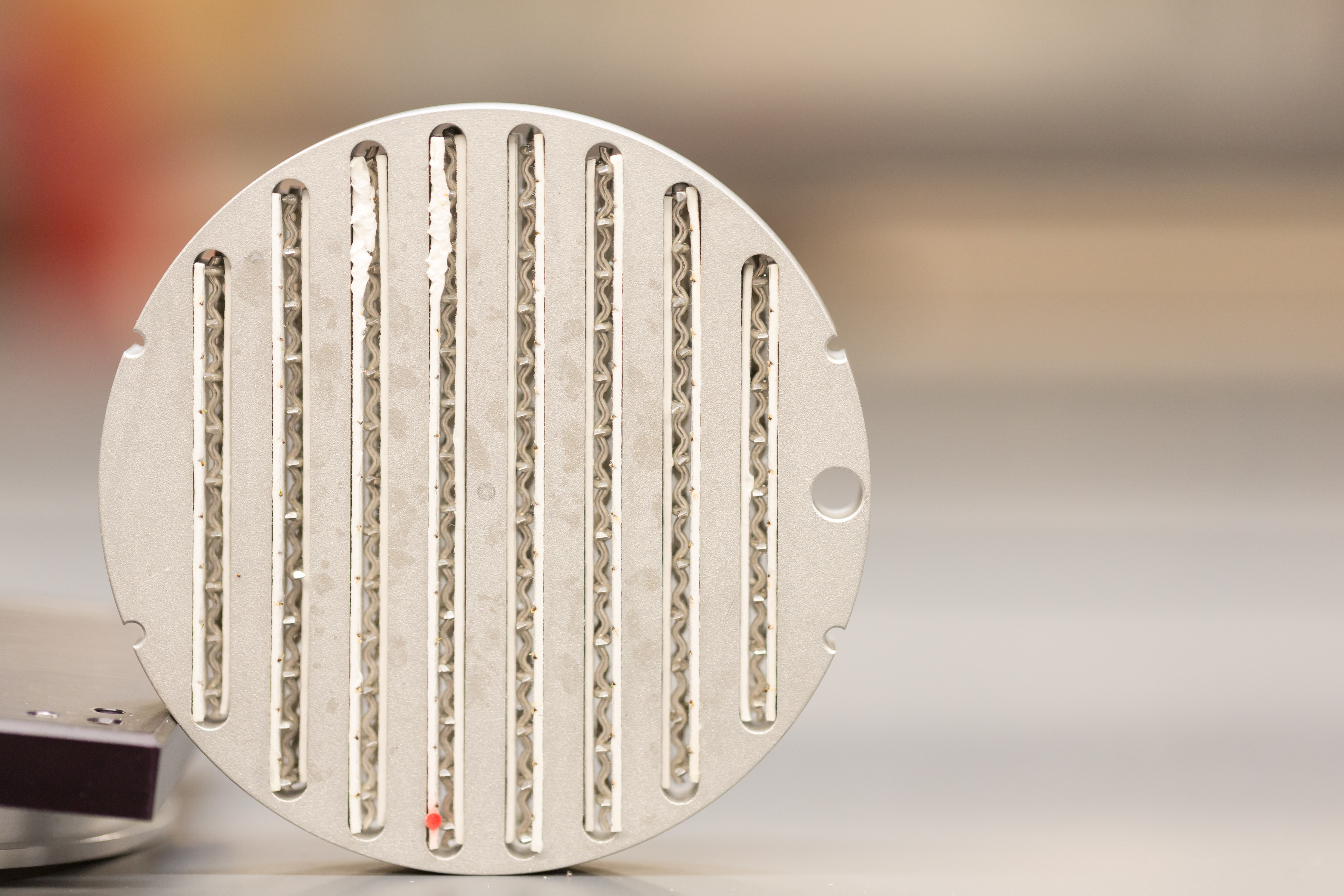December 4, 2019
University of Utah distinguished professor of chemistry Peter Stang and professor of pediatrics Anne Blaschke were two of 168 academic inventors named as Fellows of the National Academy of Inventors for 2019. Stang opened pathways in organic chemistry reactions and now explores ways to form molecules into self-assembled geometric shapes. Blaschke played key roles in […]
November 4, 2019
Adapted from material by Daniel Moberg How small is the smallest possible particle of ice? It’s not a snowflake, measuring at a whopping fraction of an inch. According to new research published in Proceedings of the National Academy of Sciences, the smallest nanodroplet of water in which ice can form is only as big as […]
July 14, 2019
Chemistry is more than just mixing compound A with compound B to make compound C. There are catalysts that affect the reaction rate, as well as the physical conditions of the reaction and any intermediate steps that lead to the final product. If you’re trying to make a new chemical process for, say, pharmaceutical or […]
May 6, 2019
Cynthia Burrows, chair of the department of chemistry at the University of Utah, is the 2019 recipient of the Rosenblatt Prize for Excellence, the U’s highest faculty accolade. The $50,000 cash award is presented annually to a faculty member who transcends ordinary teaching, research and administrative efforts. A group of distinguished faculty members on the […]
January 22, 2019
Cameron Owen of Boise, Idaho, a senior honors student majoring in chemistry and physics and minoring in mathematics, has received the prestigious Churchill Scholarship to study at the University of Cambridge in the United Kingdom. He is one of only 15 students nationally to receive the award this year and is the fourth consecutive Churchill […]
December 20, 2018
If humanity is going to push the boundaries of space exploration, we’re going to need plants to come along for the ride. Not just spinach or potatoes, though—plants can do so much more than just feed us. A science experiment aiming to demonstrate plants’ capabilities in space has arrived at the International Space Station and […]
November 27, 2018
University of Utah professors Shelley Minteer and Glenn Prestwich are among the 416 newly-elected Fellows of the American Association for the Advancement of Science (AAAS). Election as a Fellow is an honor bestowed upon AAAS members by their peers. AAAS members have been awarded this honor because of their scientifically or socially distinguished efforts to […]
September 20, 2018
Stereochemistry is a science of reflection. Two chemical molecules with the same composition and structure, but with one as the mirror image of the other, can produce wildly varying effects. Controlling which molecule emerges from a given reaction is a critical, but sometimes poorly understood, process. But University of Utah chemist Matt Sigman has been […]
July 10, 2018
How do insects survive harsh northern winters? Unlike mammals, they don’t have thick coats of fur to keep warm. But they do have antifreeze. Antifreeze proteins (AFPs) prevent ice from forming and spreading inside their bodies. The existence of these AFPs has been known for decades, but the mechanisms governing this unique survival technique have […]
March 8, 2018
Mar. 12, 2018— In 1991, University of Utah chemist Joel Miller developed the first magnet with carbon-based, or organic, components that was stable at room temperature. It was a great advance in magnetics, and he’s been exploring the applications ever since. Twenty-five years later, physicists Christoph Boehme and Valy Vardeny demonstrated a method to convert […]









